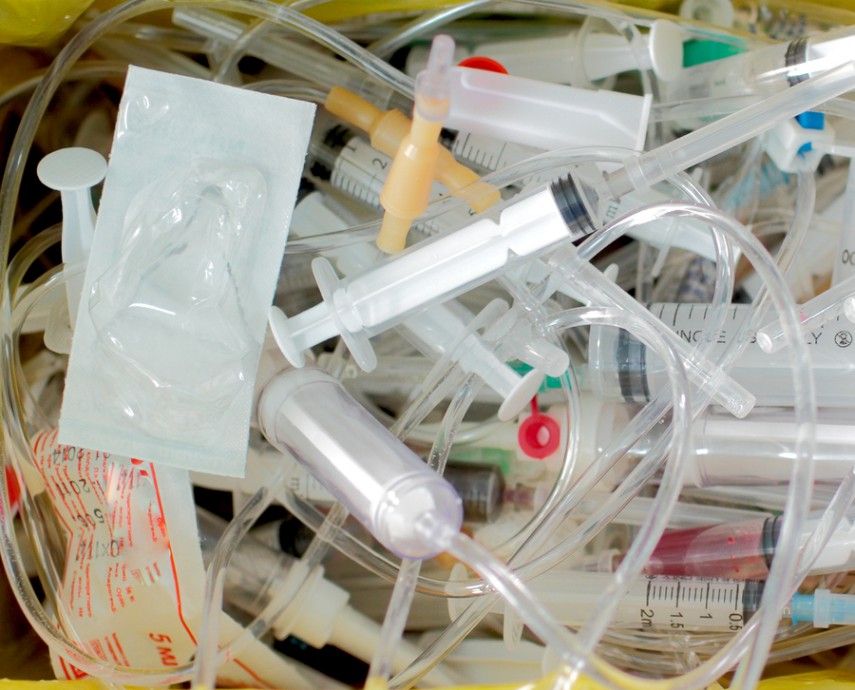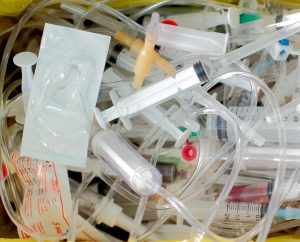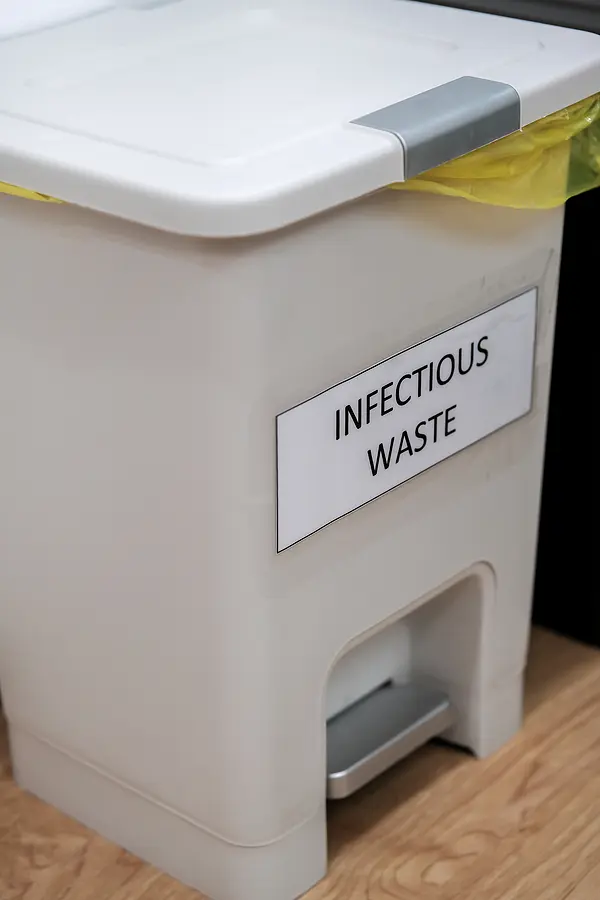What is an OPIM?

 The Occupational Safety and Health Association, or OSHA, has very specific definitions when it comes to medical waste and proper medical waste disposal. Almost anyone who works in the healthcare industry has the potential to be exposed to bloodborne pathogens, which could include HIV, hepatitis B and C, and many others. Understanding the significance of OPIM is crucial for healthcare professionals, laboratory workers, and anyone involved in handling these materials. In this blog, we delve into the meaning of OPIM, its importance in safeguarding public health, and the necessary precautions for proper handling and disposal.
The Occupational Safety and Health Association, or OSHA, has very specific definitions when it comes to medical waste and proper medical waste disposal. Almost anyone who works in the healthcare industry has the potential to be exposed to bloodborne pathogens, which could include HIV, hepatitis B and C, and many others. Understanding the significance of OPIM is crucial for healthcare professionals, laboratory workers, and anyone involved in handling these materials. In this blog, we delve into the meaning of OPIM, its importance in safeguarding public health, and the necessary precautions for proper handling and disposal.
OPIM Meaning
OPIM Disposal Procedures

Proper disposal of OPIM involves several key steps to ensure the safety of individuals and the environment:
- Segregation and Containment: OPIM should be segregated from other waste streams at the point of generation. Use leak-proof, puncture-resistant containers labeled with biohazard symbols to contain OPIM. These containers should be closable and properly sealed to prevent spillage.
- Treatment: Depending on local regulations and institutional protocols, OPIM may need to be treated before disposal. Common treatment methods include autoclaving (steam sterilization) or incineration to effectively inactivate pathogens.
- Packaging: Once treated, OPIM should be packaged securely to prevent leakage during transportation. Double-bagging with biohazard bags or placing treated OPIM in rigid, puncture-resistant containers is often recommended.
- Transportation: Transport packaged OPIM to designated disposal sites using appropriate methods, such as labeled carts or containers. Follow the DOT’s transportation regulations and guidelines to minimize risks during transit.
- Disposal: Dispose of treated OPIM according to local regulations and institutional policies. Contaminated materials should never be thrown away in the trash. Each state usually has its own regulations on how to dispose of them so it’s important to know what yours are. Generally, incineration, autoclaving, or microwave treatments sterilize or destroy these contaminated materials.
- Documentation: Maintain accurate records of OPIM disposal activities, including dates, methods used, and quantities disposed of. Documentation helps ensure accountability and compliance with regulatory requirements.
- Training and Education: Provide training and education to personnel involved in OPIM handling and disposal to ensure they understand proper procedures and safety precautions. Regular training updates help reinforce best practices and promote a culture of safety.
Medical Waste Pros Can Help You Dispose of OPIM Today!
Now that you understand the meaning of OPIM, Medical Waste Pros can help you find a compliant regulated medical waste disposal company right in your area. We’ll help you select the containers, schedule, and system that works best for your organization. To get free quotes on regulated waste disposal, fill out the form or give us a call at (888) 755-6370.










